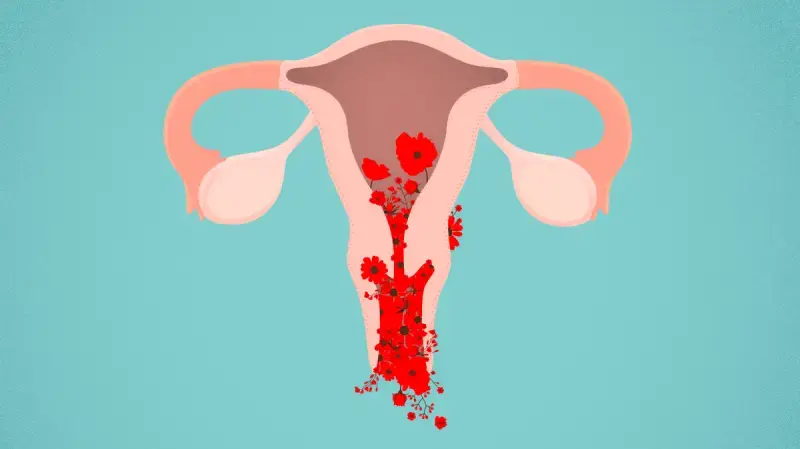What are the symptoms of a squamous intraepithelial lesion?
The symptoms of a squamous intraepithelial lesion (SIL) vary depending on the severity (low-grade or high-grade) and its location, typically in the cervix. Often, SIL does not cause noticeable symptoms, especially in its early stages. However, in some cases, symptoms may include:
- Abnormal vaginal bleeding: This may occur after intercourse, between menstrual periods, or after menopause.
- Unusual vaginal discharge: Some people may notice a change in the color, consistency, or amount of discharge.
- Pelvic pain: Discomfort or pain in the lower abdomen or pelvis may be experienced, although this is less common.
It’s important to note that these symptoms can be associated with many other conditions. SIL is most often detected through routine screening tests like a Pap smear or HPV testing, which are crucial for identifying pre-cancerous changes early.
What are the causes of a squamous intraepithelial lesion?
The primary cause of a squamous intraepithelial lesion (SIL) is infection with certain types of human papillomavirus (HPV). HPV is a common sexually transmitted infection, and some high-risk strains (like HPV-16 and HPV-18) are known to cause abnormal changes in the squamous cells of the cervix, leading to SIL. Other contributing factors that increase the risk of developing SIL include:
- Persistent HPV infection: Long-term infection with high-risk HPV strains is a significant factor.
- Multiple sexual partners: This increases the likelihood of exposure to HPV.
- Weakened immune system: Conditions that weaken the immune system, such as HIV/AIDS, make it harder for the body to clear HPV infections.
- Smoking: Smoking is linked to higher rates of cervical abnormalities, possibly due to its effects on the immune system.
- Long-term use of oral contraceptives: Prolonged use of birth control pills has been associated with a higher risk of cervical dysplasia.
- Early onset of sexual activity: Engaging in sexual activity at a younger age increases the risk of contracting HPV.
While HPV infection is the primary cause of SIL, other lifestyle and health factors can contribute to its development by making it harder for the body to clear the virus. Regular cervical screening is essential for detecting SIL early, as it often doesn’t cause symptoms.
What s the treatment for a squamous intraepithelial lesion?
The treatment for a squamous intraepithelial lesion (SIL) depends on the severity of the lesion and whether it is classified as low-grade (LSIL) or high-grade (HSIL).
For low-grade squamous intraepithelial lesions (LSIL):
- LSIL is often monitored closely rather than treated immediately. In many cases, the immune system clears the abnormal cells on its own, especially in younger women.
- Follow-up testing, such as repeat Pap smears or HPV tests, is usually recommended after 6-12 months to see if the lesion resolves or progresses.
For high-grade squamous intraepithelial lesions (HSIL):
- HSIL typically requires more active treatment because it has a higher risk of progressing to cervical cancer. Common treatments include:
- Loop Electrosurgical Excision Procedure (LEEP): A thin wire loop with an electrical current is used to remove abnormal tissue.
- Cold Knife Cone Biopsy: A surgical procedure in which a cone-shaped piece of abnormal tissue is removed from the cervix.
- Cryotherapy: The abnormal cells are frozen and destroyed using a probe.
- Laser Therapy: A focused laser beam is used to burn away abnormal cells.
- Topical treatments: In some cases, topical medications may be used to remove abnormal cells, though this is less common.
Follow-up care after treatment is crucial, with repeat Pap smears or HPV tests recommended to ensure the lesion has been fully treated and to monitor for recurrence. The specific approach depends on the patient’s age, reproductive plans, and the extent of the abnormal tissue.

Leave a Reply
You must be logged in to post a comment.